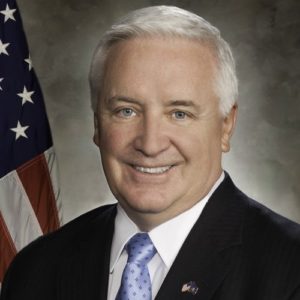ACA Drives Rise in Medicaid Enrollment
While some aspects of implementation of the Affordable Care Act continue to struggle with technical problems, one aspect is moving ahead effectively: enrollment in Medicaid is on the rise.
More than 400,000 newly eligible people in just ten states have enrolled in Medicaid since October 1. The ten states are among the 25 that have decided to expand their Medicaid programs in accordance with provisions of the federal health care reform law. Other states either have chosen not to expand their programs or are still undecided about expansion.
 Pennsylvania is one of the states that has not expanded its Medicaid program but state officials are currently negotiating a possible expansion with the federal government. The Safety-Net Association of Pennsylvania supports such an expansion.
Pennsylvania is one of the states that has not expanded its Medicaid program but state officials are currently negotiating a possible expansion with the federal government. The Safety-Net Association of Pennsylvania supports such an expansion.
The Congressional Budget Office projects that nine million people will join the Medicaid ranks through Affordable Care Act expansion provisions in the coming year.
For more about the increase in Medicaid enrollment and how it is being accomplished despite some of the reform law’s early technical problems, see this Washington Post article.




